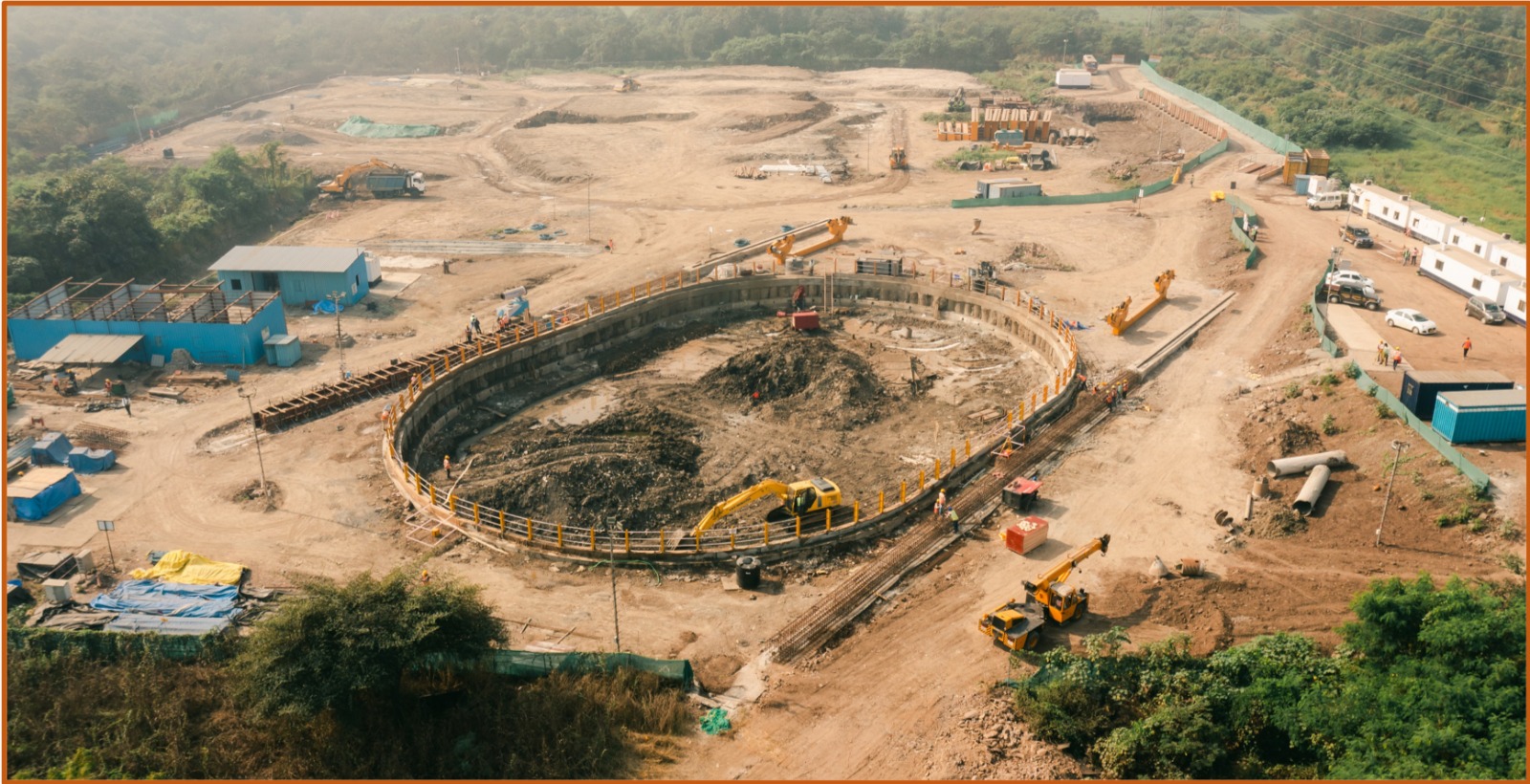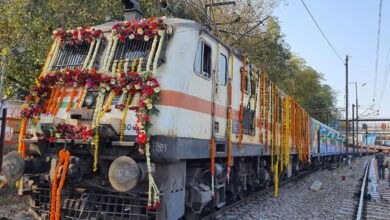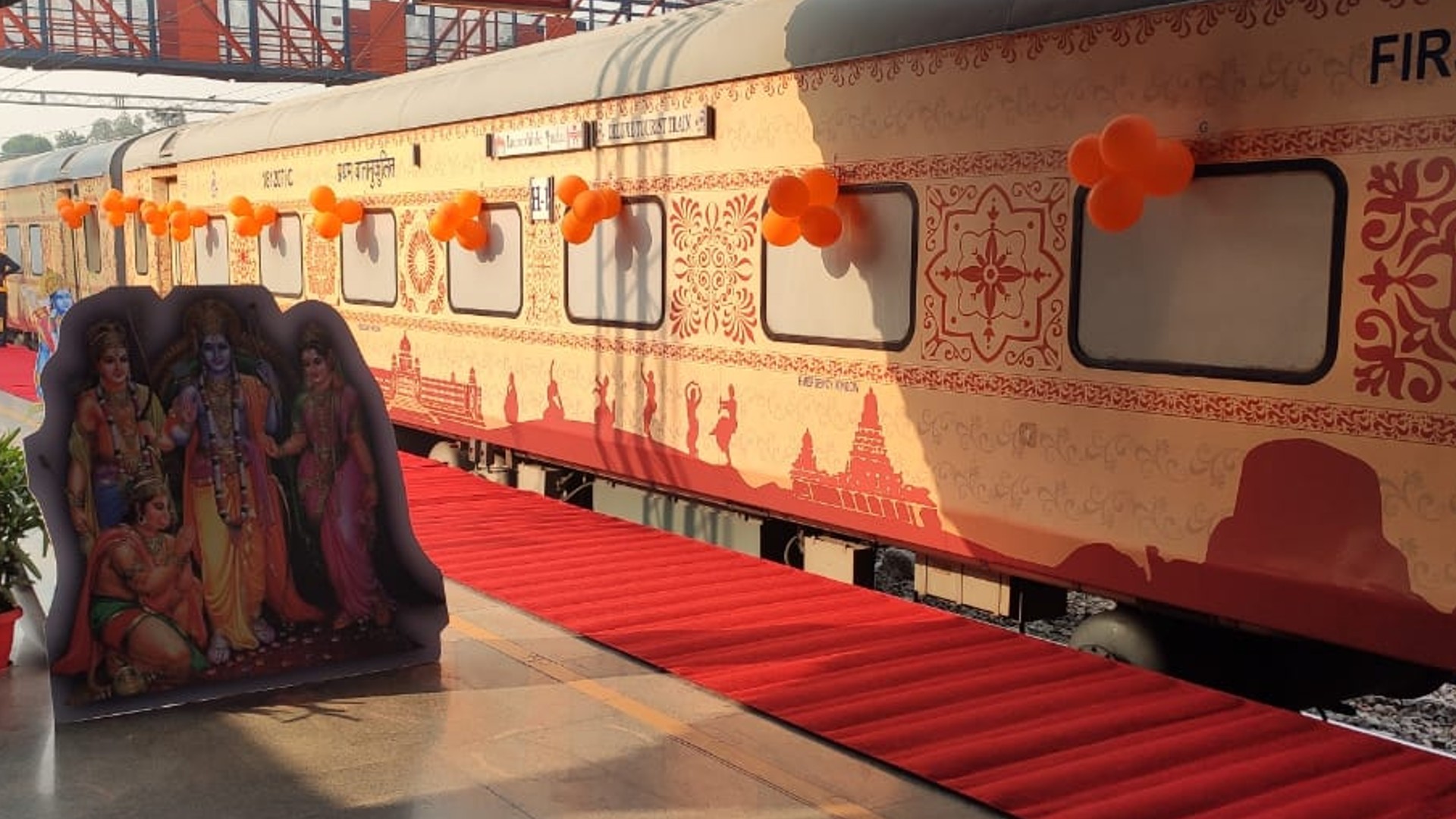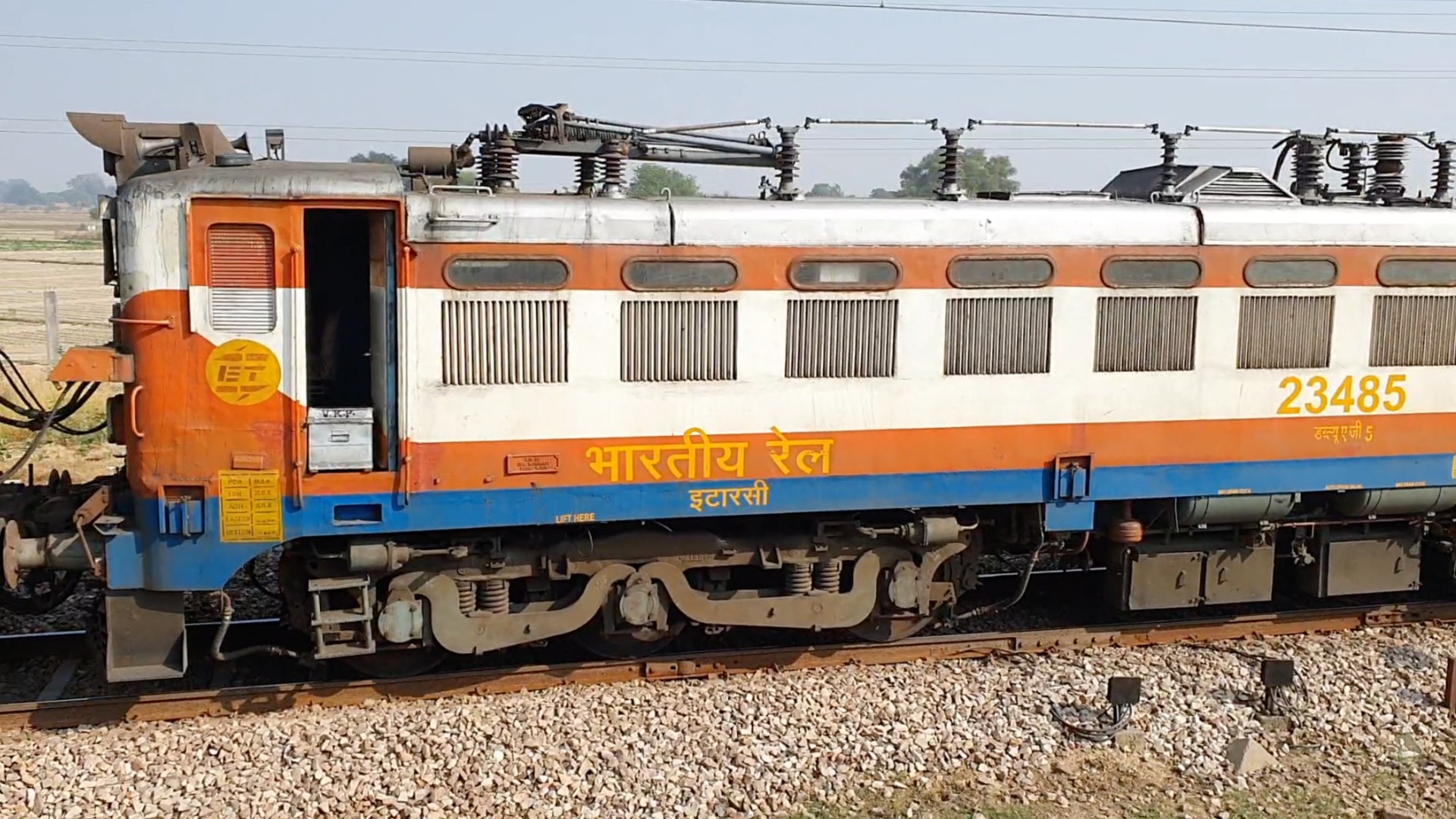India’s First 21 km Long Underground/Undersea Tunnel Construction Underway for Bullet Train Project in Maharashtra
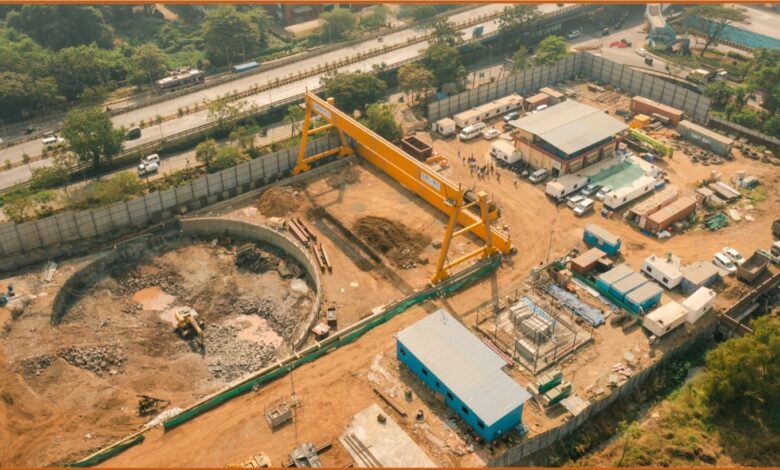
In a significant development for India’s infrastructure landscape, construction has commenced on a groundbreaking project in the state of Maharashtra, heralding the country’s first-ever 21 km long underground/undersea tunnel for the prestigious Bullet Train Project.
The ambitious endeavor will link the Bullet Train underground station at Bandra-Kurla Complex (BKC) to Shilphata, marking a milestone in the nation’s transportation sector.
Key Construction Updates:
- Milestone Shafts: Construction activities are already in full swing at various strategic locations:
- Shaft 1 at Mumbai HSR station construction site: With a depth of 36 meters, significant progress has been made, including completion of 100% secant piling work.
- Shaft 2 in Vikhroli: This shaft, also 36 meters deep, has witnessed the completion of 100% piling work and is currently undergoing excavation. It will serve as a pivotal point for lowering two tunnel boring machines, facilitating progress towards both BKC and Ghansoli.
- Shaft 3 in Sawli (near Ghansoli): With a depth of 39 meters, excavation work is currently underway, marking another crucial phase of construction.
- Shilphata: This site represents the NATM end of the tunnel, with portal work already in progress.
- ADIT Portal: This additional access point to the underground/undersea tunnel is aimed at expediting construction progress.
- Overcoming Challenges: The construction of these shafts poses various challenges, including:
- Implementing controlled blasting techniques to minimize environmental and population disturbances.
- Navigating areas with high population density and multiple utilities, ensuring minimal disruption to existing infrastructure projects.
- Strict supervision of excavated material disposal, overseen by the Maharashtra Pollution Control Board (MPCB).
- Advanced Facilities: In addition to the construction of shafts, various supporting facilities such as gantry cranes, labour colonies, and site offices are being developed simultaneously.
Additional Details:
- The tunnel, designed as a single tube tunnel to accommodate twin tracks, will feature 39 equipment rooms at 37 locations along its route.
- To execute the construction, Tunnel Boring Machines (TBMs) boasting a cutter head diameter of 13.6 meters will be deployed, a remarkable feat for urban tunneling projects.
- While TBMs will be responsible for approximately 16 km of the tunnel, the remaining 5 km will be constructed using the New Austrian Tunnelling Method (NATM).
- With depths ranging from 25 to 57 meters from ground level, the tunnel’s deepest point will be 114 meters below the Parsik hill near Shilphata.
- Three shafts at BKC, Vikhroli, and Sawli, along with an inclined shaft at Ghansoli, will facilitate construction, alongside the tunnel portal at Shilphata.
This groundbreaking project signifies a significant leap forward in India’s transportation infrastructure, promising to revolutionize travel efficiency and connectivity in the region. Stay tuned for further updates as the construction progresses.


